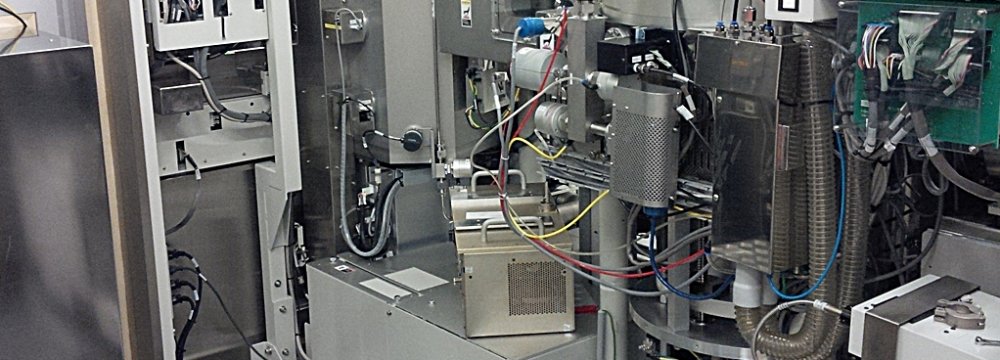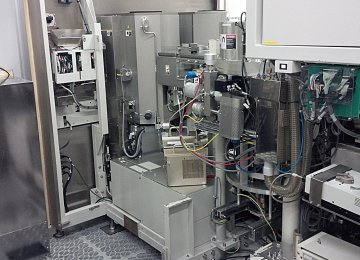Japanese corporations are catching up with their western counterparts in profitability, with their return on equity, a key metric, expected to surpass 10% for the first time ever thanks to years of overseas expansion and organizational streamlining.
Companies listed on the Tokyo Stock Exchange’s first section, excluding those in the financial sector, are set to turn in an aggregate ROE of 10.1% for fiscal 2017, a study by Nikkei shows. Figures stand at around 14% among US blue chips and about 10% in Europe.
A higher ROE, a ratio of net profit to shareholders’ equity, generally indicates better use of capital for a business. The metric can be improved by generating more profit or reducing shareholders’ equity.
Corporate Japan is actively boosting these numbers. Net profit at publicly traded companies is on track to jump 27% to a record 35 trillion yen ($327 billion) in fiscal 2017. Mitsubishi Electric’s ROE is expected to come in around 12%. The company has been expanding sales of competitive products like factory automation equipment, chiefly in Asia, while pulling out of mobile phones and other money-losing businesses.
Tokyo Electron’s ROE is seen approaching 30%. The company’s chip-making equipment has become a cash cow amid surging global demand for semiconductors.
Japanese corporations focusing on the domestic market are also thriving. Food maker Meiji Holdings is looking at a ROE of roughly 14% on burgeoning sales of chocolate and yogurt with high unit prices.
The aggregate ROE for fiscal 2017, if the forecast is correct, will be 1.4 points higher than in fiscal 2016. This financial year would mark the first time the indicator has topped 10% since such data started being kept in fiscal 1982.
Japanese business managers used to be only marginally responsive to ROE. Cross-held shares, especially those owned by financial institutions, served as a buffer against more demanding shareholders.
But foreign investors eventually came to own 30% of Japanese equity. With that clout, those stockholders pushed for reforms that would raise ROE. Half of Japanese companies now publicize their ROE goals, research by the Life Insurance Association of Japan shows.
While listed Japanese companies return half of their profits to investors, their shareholders’ equity continues to expand, making it difficult for them to maintain high ROEs. In the early 1980s, shareholders’ equity amounted to just a little over 20% of total assets. Now the share has climbed to 40%, about 10 points higher than Western companies.






Add new comment
Read our comment policy before posting your viewpoints